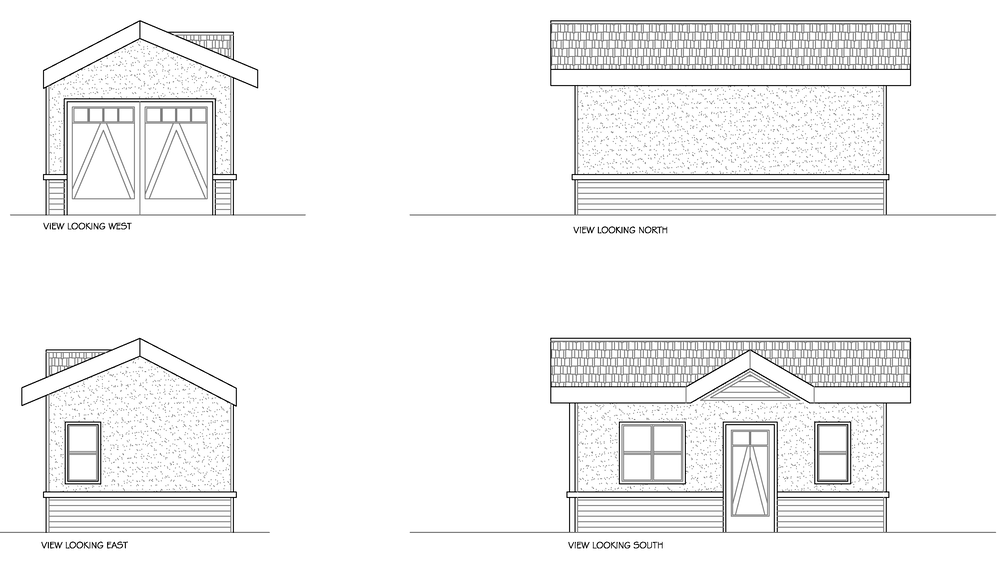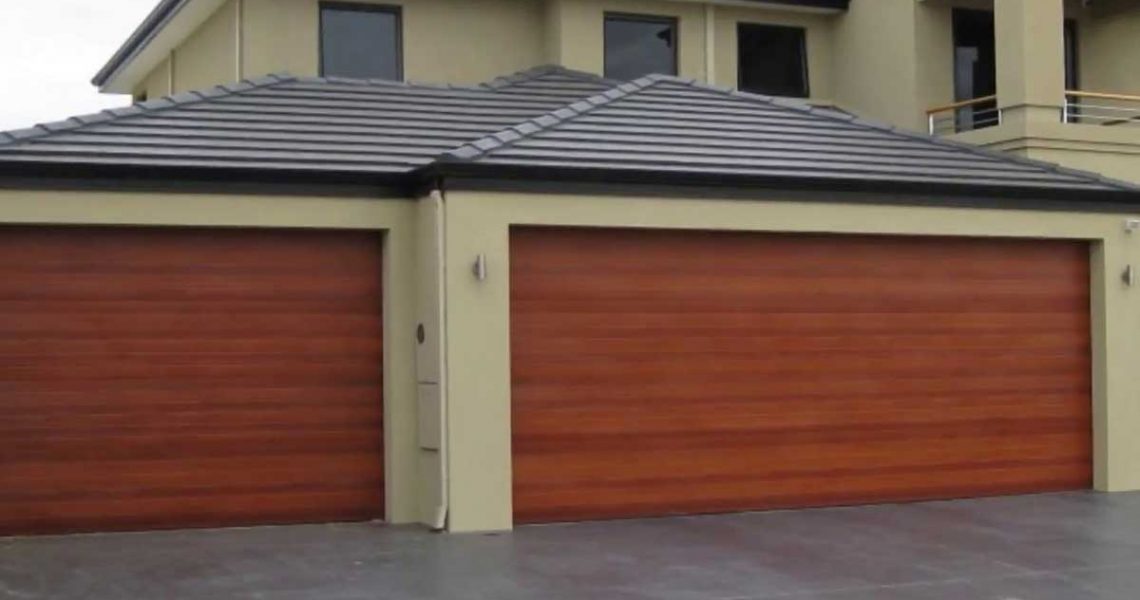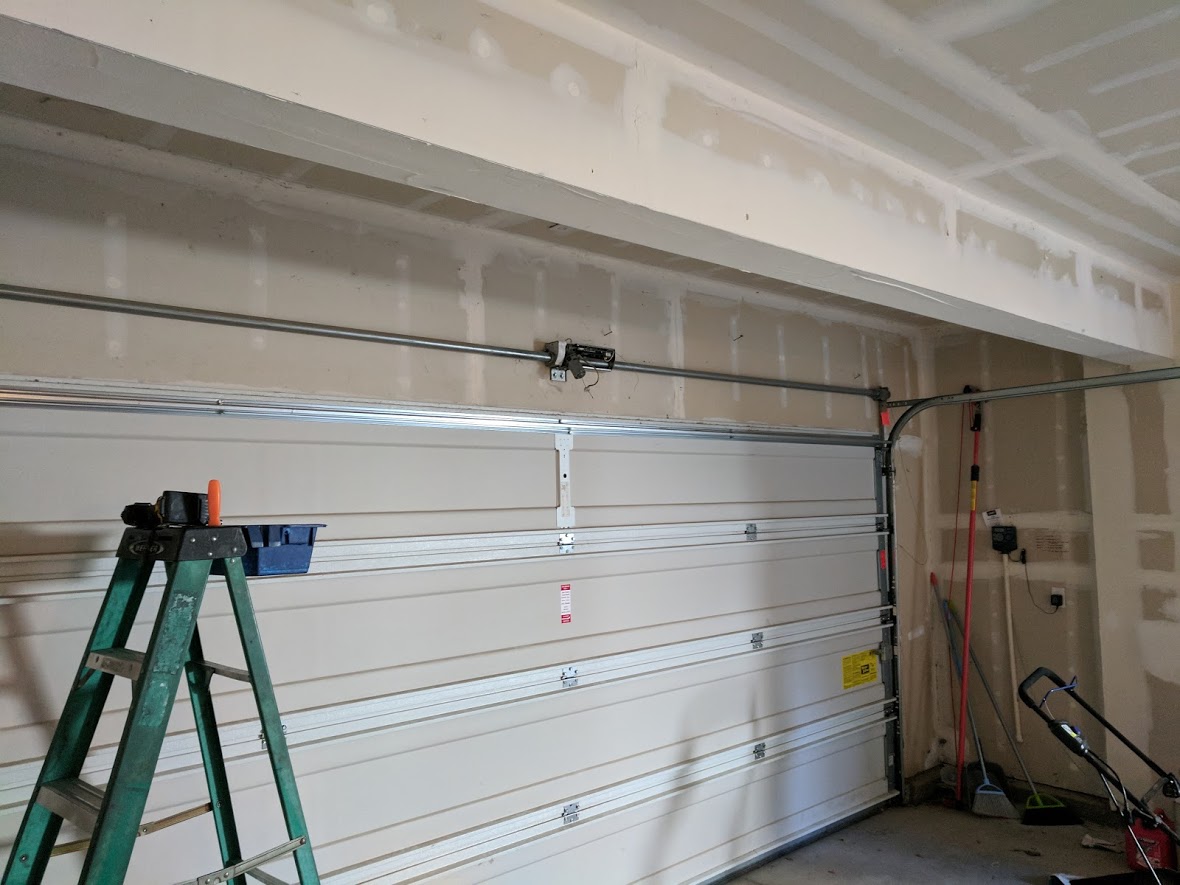
A garage conversion is a great way to make use of unused space, and you can get creative with your design. You can also convert your garage to make it a more valuable addition to your home than a basement. Here are some key points to keep in mind when converting your house.
Decide how you will use the space. You can turn your garage into a guest room, gym, or office, or you could simply use it as a place for parking your car. You can also add architectural elements in order to make your garage more appealing.
You should also consider how to properly insulate the garage. Proper insulation raises your garage to the same floor level as the rest. It also helps prevent water damage. A permit is another important step. Depending on your project size, the permitting process may take up to six weeks.

Finally, check that your utilities are working properly. Your utilities might be located in a separate building or you may need to connect them to your main house. You will need to ensure that your new room has enough power, heating, and plumbing.
An in-depth assessment of your space by a contractor/consultant is the best way for you to find out. A contractor or consultant should be able give you a detailed estimate of the costs and a timetable.
If you are considering a garage conversion, you can start by completing a basic inventory of what's in the space. This will give you a general idea of how much space you'll need to work with. The results can then be used to develop a precise construction budget.
Finally, you'll want to check with your local council to make sure that your proposed changes are compliant with the governing body. It's easier than ever to obtain a permit to convert your garage. Federal CDBG funds can be used for most two-car garages with less than 500 square footage.

Once everything is completed, you'll have a functional workspace to add value to your home. This makeover is safe and fun for children if they are young.
The best way to do it is to hire an experienced contractor. This is the best approach to make your garage conversion a pleasant experience. It can be costly though. It is worth the effort and extra time. You'll also have a gorgeous addition to your home.
A garage conversion can add a living and functional space to your house without encroaching on your garden. It might not be the most expensive room in your house but the novelty of the new space will make it worth the investment.
FAQ
Why remodel my home when I can buy a brand new house?
Although it is true that houses become more affordable every year, you still pay for the same area. You may get more bang for your buck but you still have to pay for extra square footage.
It costs less to keep up a house that doesn't require much maintenance.
Remodeling can save you thousands over buying a new house.
By remodeling your current home, you can create a unique space that suits your lifestyle. You can make your home more comfortable for you and your family.
How much does it take to tile a bathtub?
If you want to do it yourself, go big. A full bathroom remodel is considered an investment. If you think about the long-term advantages of having a gorgeous space for years to follow, it makes good sense to invest quality fixtures.
The right tiles can make a significant difference in the look and feel of your room. This guide will help you select the right tiles for your project, no matter how small or large.
First, choose the flooring type you wish to use. Common choices include ceramics and porcelain as well as stone and natural wooden. Select a style, such as classic subway tiles or geometric patterns. Choose a color combination.
You'll probably want to match the tile to the rest of the room for a large bathroom remodeling job. You may choose white subway tile for your bathroom and kitchen area, but select darker colors for other rooms.
Next, consider the size of your project. Is it time to upgrade a small powder area? Or, would you rather have a walkin closet in your master bedroom?
After you have determined the scope of work, visit local shops to see samples. By doing this, you will get an idea of the product's installation methods.
You can also shop online to find great deals on porcelain and ceramic tiles. Many sellers offer bulk discounts and free shipping.
How much does it cost for a complete kitchen renovation?
It's possible to wonder how much a home remodel would cost if you are thinking of starting one.
Kitchen remodels typically cost between $10,000 to $15,000. However, there are ways to save money while improving your space's overall look and feel.
Preparing ahead can help you cut down on your costs. This includes choosing the right design style and color palette to suit your budget and lifestyle.
You can also cut costs by hiring an experienced contractor. A professional tradesman knows exactly how to handle each step of the construction process, which means he or she won't waste time trying to figure out how to complete a task.
It's best to think about whether you want your current appliances to be replaced or kept. Remodeling a kitchen can add thousands of pounds to its total cost.
In addition, you might decide to buy used appliances instead of new ones. You can save money by buying used appliances.
Shopping around for fixtures and materials can help you save money. Many stores offer discounts for special occasions like Cyber Monday or Black Friday.
What order should you renovate an existing house?
First, the roof. The plumbing is the second. Third, the electrical wiring. Fourth, the walls. Fifth, floors. Sixth, the windows. Seventh, doors. Eighth, it's the kitchen. Ninth, the bathroom. Tenth, the garage.
Once you've completed these steps, you can finally get to the attic.
It is possible to hire someone who knows how to renovate your house. It takes patience, time, and effort to renovate your own home. It will also cost money. You don't need to put in the effort or pay the money.
Renovations are not always cheap but can save you lots of money in long-term. You will enjoy a more peaceful life if you have a beautiful house.
What is the difference between building a new home and gutting a current one?
Gutting a home removes everything inside a building, including walls, floors, ceilings, plumbing, electrical wiring, appliances, fixtures, etc. It's often necessary when you're moving to a new house and want to make changes before you move in. Because of the many items involved in gutting a house, it is usually very costly. Depending on the job, the average cost of gutting a home is between $10,000 and $20,000
A builder builds a house by building it frame by frame. Then, he adds walls and flooring, roofing, windows and doors. This is done usually after purchasing lots. Building a home usually costs less than gutting and can cost between $15,000 and $30,000.
It all comes down to what you want to do in the space. You'll need to spend more if you plan to gut your home. It doesn't matter if you want a home built. You can design it yourself, rather than waiting for someone else.
What are the most expensive expenses for remodeling a kitchen.
A few key costs should be considered when planning a kitchen remodeling project. These include demolition, design fees, permits, materials, contractors, etc. They seem quite small when we consider each of these costs separately. But when you combine them, they quickly add up to be quite significant.
Demolition is most likely the most expensive. This includes removing any cabinets, appliances, countertops or flooring. Next, you will need to remove insulation and drywall. You must then replace these items with new ones.
Next, hire an architect who will draw plans for the space. To ensure that the project meets all building codes, permits must be obtained. The next step is to find someone who will actually do the construction.
Finally, after the job is completed, you must pay the contractor. It is possible to spend anywhere from $20,000 up to $50,000 depending on the size and complexity of the job. It is crucial to get estimates from several contractors before you hire one.
These costs can be avoided if you plan. You might be able negotiate better materials prices or skip some work. It is possible to save money and time by knowing what to do.
For example, many people try to install their cabinets. People believe that this will save them money since they won't have to hire professionals for installation. The problem is that they usually spend more money trying to figure out how to put the cabinets in place themselves. A professional can usually complete a job in half of the time that it would take you.
You can save money by buying unfinished materials. It is important to wait until all pieces have been assembled before buying pre-finished materials, such as cabinets. Unfinished materials can be used immediately by you if purchased. And you can always decide to change your mind later if something does not go according to plan.
Sometimes, though, it doesn't make sense to go through all of this. You can save money by planning your home improvement project.
Statistics
- Attic or basement 10 – 15% (rocketmortgage.com)
- According to a survey of renovations in the top 50 U.S. metro cities by Houzz, people spend $15,000 on average per renovation project. (rocketmortgage.com)
- Windows 3 – 4% Patio or backyard 2 – 5% (rocketmortgage.com)
- 55%Universal average cost: $38,813Additional home value: $22,475Return on investment: 58%Mid-range average cost: $24,424Additional home value: $14,671Return on investment: (rocketmortgage.com)
- 5%Roof2 – 4%Standard Bedroom1 – 3% (rocketmortgage.com)
External Links
How To
How to Remove Tile Grout on Floor Tiles
Most people don’t realize they use tile grouting. It is used in sealing joints between tiles. There are many types of grout available today. Each one has a different purpose. This article will teach you how to remove tile grout off floor tiles.
-
Before you start this process, make sure that you have all the necessary tools. A grout cutter, grout scraper and some rags are all essential.
-
Now you need to start cleaning off any dirt or debris stuck under the tile. Use the grout knife to remove the grout. Scrape away any remaining grout. Take care not to damage the tiles.
-
After cleaning everything, take out the grout scraper. Use it to clean up any grout left behind. If you don't have any grout, you can continue to step 4.
-
You can now move on to the next stage after you have completed all your cleaning. Take one of the rags and soak it in water. Make sure the rag has completely soaked in water. Once the rag is wet, you can dry it by wringing the cloth.
-
Place the wet cloth on the joint where the tile meets with the wall. Press firmly on the rag until the grout begins to break apart. Slowly pull the rug towards you, then continue pulling the rag back and forth until the grout has been removed.
-
Continue with steps 4 through 5, until the grout is completely removed. Rinse the ragout. Repeat the process if necessary.
-
After you have removed all grout, rub the tiles with a damp towel. Let dry thoroughly.